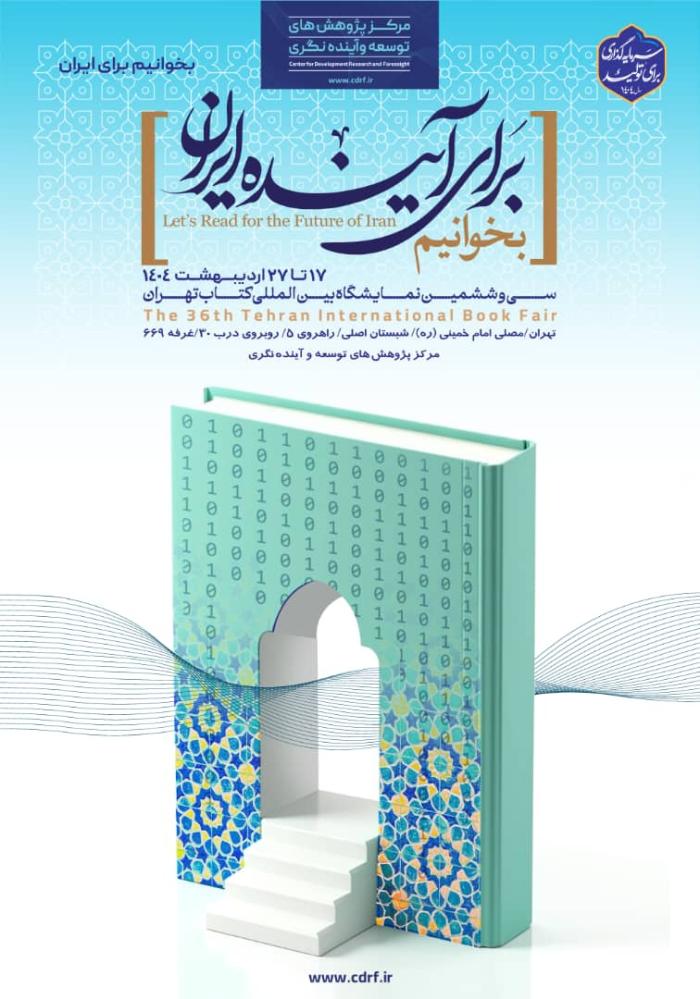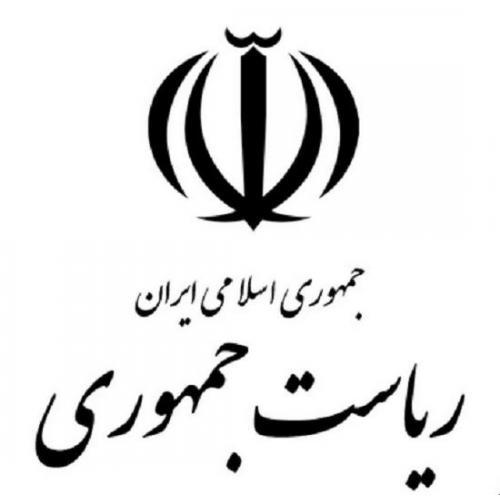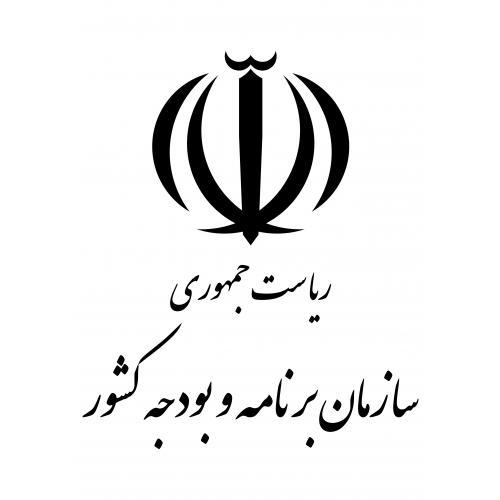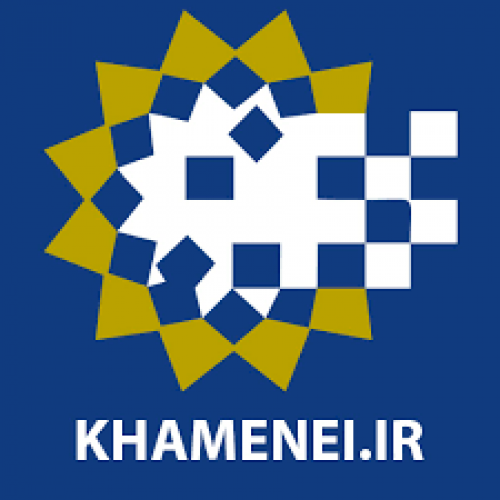

-
بررسی آییننامهها و دستورالعملهای برنامه هفتم پیشرفت
-
بررسی عوامل موثر بر افزایش تصادفات و تلفات جادهای و سوانح رانندگی و دادهکاوی تلفات انسانی
-
سازماندهی و بازآرایی فضایی آموزش عالی کشور
-
به روز رسانی سند ملی آمایش سرزمین
-
انجام مطالعات مناطق آزاد به عنوان نواحی پیشران اقتصادی کشور
-
اصلاح ساختار بودجه و پیاده سازی نظام یکپارچه مدیریت اطلاعات مالی دولت (IFMIS)

At the beginning of the meeting, Mehdi Bagheri, former Head of State-Owned Enterprises, CSPF, and Public Institutions Affairs of the PBO, and the scientific chair of the meeting stated: “The budget allocated to state-owned enterprises for the year 1404 (2025-2026) amounts to 6,377 trillion tomans. This figure highlights the significance of the state-owned enterprises' budget. It does not even account for the critical role these enterprises play in infrastructure development, as various infrastructure sectors—including water, electricity, gas, food industries, and others—are managed by state-owned enterprises.”
He continued: “Despite the significant role that state-owned enterprises play in the Iranian economy; this issue has not received the attention it duly deserves. Therefore, our first meeting in the year 1404 (2025) has been dedicated to the budget of state-owned enterprises.”
Later in the meeting, Mohammad Nasir Arab Nosratabadi, Head of the State-Owned Enterprises and Non-Governmental Public Institutions Group of the PBO, as the main speaker of the meeting, addressed the process of formulating the budget for state-owned enterprises. He stated: “The budgeting process for state-owned enterprises is governed by specific regulations and constraints, which are the result of a combination of social, political, and mathematical equations. Ultimately, the outcome of this process culminates in the final budget allocated to state-owned enterprises.”
Arab continued: “Regarding the time constraints in the budgeting process for state-owned enterprises, it should be noted that, in accordance with the implementation of the amendment to Article 182 of the Internal Regulations Law of the Islamic Consultative Assembly (ICA), the operational budgeting process begins in August with the uploading and completing the performance report forms for the budget for 1402 (2023-2024) by the enterprises, based on their audited financial statements. Subsequently, by September 5, the enterprises are required to enter the relevant data and figures concerning the proposed budget of their board of directors for the year 1404 (2025–2026) into the system and submit them to the PBO.”
The Head of the State-Owned Enterprises and Non-Governmental Public Institutions Group of the PBO added: “In order to comply with the due dates predicted in the aforementioned law, the PBO, also examines the proposed budget figures submitted by the board of directors in comparison with the figures approved by the company's general assembly, as well as the contents of the budget circular and the definitions and regulations outlined in the accompanying guidelines in addition to reviewing the consistency of the figures reported in the budget performance forms with the audited financial statements. The final consolidated figures of the proposed budget are then prepared and compiled for submission as Part One of the civil budget bill on the first of Aban (October 23).”
To define state-owned enterprises, he stated: “A state-owned enterprise is an economic entity established by law to undertake a portion of governmental functions in accordance with the general policies of Article 44 of the Constitution as a governmental responsibility, as promulgated by the Supreme Leader of the Islamic Republic of Iran, Ayatollah Khamenei. Moreover, more than fifty percent of the capital and shares of the state-owned enterprises are owned by the government. Any commercial company established through investment by ministries, governmental institutions, or state-owned enterprises—either individually or jointly—shall be considered a state-owned enterprise, so long as more than fifty percent of its shares are owned, individually or jointly, by the aforementioned governmental units.”
Regarding the number of state-owned enterprises, Arab Nosratabadi stated: “According to Annex No. 3 of the Civil Budget Law for the year 1404 (2025–2026), a total of 348 state-owned enterprises are listed within the budget figures. Of these, 79 are identified as principal and parent holding companies, while the remaining enterprises operate under their supervision. The PBO, along with the Ministry of Economic Affairs and Finance, are permanent members of the general assemblies of the principal and parent holding companies.”
He explained: “In fact, in line with its missions and inherent limitations, the government establishes state-owned enterprises to deliver services and produce goods for society. The primary objective of government ownership in these enterprises is not necessarily profit generation or tax revenue. Rather, such enterprises are tasked with responsibilities such as the provision of production and energy infrastructure—including oil, gas, water, and electricity—the supply of strategic essential goods, and the development of petrochemical industries that cannot be outsourced to the private sector. These functions are managed and executed by state-owned enterprises.”
Regarding the analysis of the cost components of state-owned enterprises, the Head of the State-Owned Enterprises and Non-Governmental Public Institutions Group of the PBO emphasized: “Given that the majority of these enterprises’ expenses relate to their cost of goods sold, the laws and regulations imposing certain mandatory deductions on their costs directly affect their productivity in producing goods or delivering services. This not only disrupts their ability to fulfill their assigned missions but also significantly reduces their capital expenditures. He further noted that many companies commonly perceived by the public as state-owned enterprises are, in fact, not classified as such but are rather entities under government management. This lack of clear distinction has effectively caused various challenges for state-owned enterprises across multiple dimensions.”
Furthermore, Mr. Arab Nosratabadi proceeded to analyze and explain the figures related to the various revenue and expenditure components of the state-owned enterprises’ budget, providing a detailed examination and interpretation of these numbers from multiple dimensions.
Later in the meeting, Hassan Khoshpour, former Head of State-Owned Enterprises Affairs of the PBO, as the second keynote speaker, noted that the overall perspective on the management of state-owned enterprises has seen little change. He stated: “The only significant modification over the past three decades in the budgeting process of state-owned enterprises has been the transition from a manual to a systematic approach in budget recording and preparation. Beyond this shift to a computerized system, no substantial managerial changes have been implemented in the administration of these companies.”
He continued: “State-owned enterprises constitute a fundamental component of the country’s political economy and play a critical role in its economic governance. In the state-owned enterprises’ budget for the year 1404 (2025–2026), there is an inflow of 5,067 billion tomans in the form of revenues and government subsidies, of which 4,852 billion tomans are allocated to cover the operating expenses of these enterprises.”
Hassan Khoshpour noted: “The total investment of state-owned enterprises in the year 1404 (2025–2026) amounts to 1,222 billion tomans. Of this, 99 trillion tomans are financed through surplus revenues over expenses, representing the smallest share. Additionally, 200 trillion tomans are invested from depreciation reserves, 109 trillion tomans from net domestic loans are allocated to investment, and 656 trillion tomans are utilized from other inflows and current assets for investment purposes. Furthermore, the government provides 156 trillion tomans to state-owned enterprises specifically for investment. Overall, 81 percent of the state-owned enterprises’ budget is allocated to current expenditures, while only 19 percent is devoted to investment.”
The former Head of State-Owned Enterprises Affairs of the PBO further added: “There needs to be a strategic rethink and solution for the macro-management of state-owned enterprises. The sector of state-owned enterprises must be separated from the ministries and reorganized within a distinct, corporate-like framework. The second issue concerns the role of the ICA in the budgeting process—from formulation through approval to implementation. We should move toward a system in which the budget of state-owned enterprises becomes more informational, with the PBO acting as a member of the boards, gaining greater access to company information.”
In the proceedings of the meeting, the experts and specialists expressed their viewpoints and posed their questions.
It is noteworthy that this meeting was held on April 7, 2025, both in-person and virtually, with the participation of national and provincial executive agencies, universities, research centers, and think tanks, at the Hossein Azimi Hall located in the CDRF



